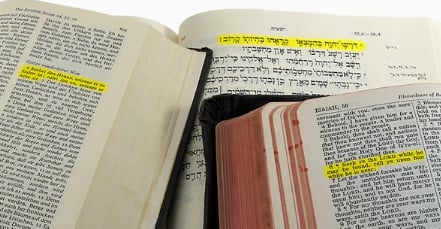 Protestants are nervous about the famous saints of the church, and they are nervous for a variety of reasons, not the least of which is that veneration of saints by some in the Catholic and Orthodox traditions exceeds what is to be said of humans and diminishes (by default) what is said of Christ. But, those excesses do not diminish the powerful stories of those whom God has used mightily. Chris Armstrong has the perfect book for this issue: Patron Saints for Postmoderns: Ten from the Past Who Speak to Our Future
Protestants are nervous about the famous saints of the church, and they are nervous for a variety of reasons, not the least of which is that veneration of saints by some in the Catholic and Orthodox traditions exceeds what is to be said of humans and diminishes (by default) what is said of Christ. But, those excesses do not diminish the powerful stories of those whom God has used mightily. Chris Armstrong has the perfect book for this issue: Patron Saints for Postmoderns: Ten from the Past Who Speak to Our Future
. Armstrong introduces us to ten saints, some of whom are not always on the top one hundred saints lists. This book would serve as an excellent textbook for Sunday school classes, for adult Bible studies, and for reading in a college course on Church history. The genius of the book is to teach church history while keeping us in touch with spiritual formation.
What have you learned from the monastics? What do you think are the dangers of the monastic life? Which monastic example has helped you the most? (Which saint, which Rule, etc?) How does the monastic life provide an example for those of us who are not monastics? What have you learned from Antony?
He begins with St Antony of Egypt (the monastery resting on his burial site is above) and Armstrong’s focus is on monasticism and its powerful example for Christian living today. Perhaps the most telling story of St Antony, told by Athanasius (
St. Antony of the Desert
), is that while we remember Augustine’s conversion most from the “take and read” line, he was in that garden because of the challenging story of St. Antony that shook him to his core.
Antony was from a wealthy family, gave it all up and pursued a monastic life — first just outside the city in Egypt, then in a more reclusive place, and then even later on the slope of a mountain (see the picture above). The paradox of Antony’s life is that the life of separation made him much more powerful in society, and his place in the desert became a city because so many wanted to be with him. As a person or as a result of seeing the man’s life, “many aspired to become imitators of his way of life” (25). His example abides and continues to challenge.
What Antony teaches us — or at least me — is the importance of withdrawal. Not in order to get away from people simply but in order to serve with deeper wisdom. Monastic wisdom is relational wisdom that emerges out of time alone, time away, space to think and prayer and ponder and struggle with God. The time of separation prepares one for the time of engagement.
Armstrong emphasizes two elements of the monastic life: discipline of one’s whole life and dependence wholly on God’s grace. No one exhibits this more than St Antony’s, whose biography is at the core of the entire monastic movement. More so than even St Benedict and St Francis.
 Protestants are nervous about the famous saints of the church, and they are nervous for a variety of reasons, not the least of which is that veneration of saints by some in the Catholic and Orthodox traditions exceeds what is to be said of humans and diminishes (by default) what is said of Christ. But, those excesses do not diminish the powerful stories of those whom God has used mightily. Chris Armstrong has the perfect book for this issue: Patron Saints for Postmoderns: Ten from the Past Who Speak to Our Future
Protestants are nervous about the famous saints of the church, and they are nervous for a variety of reasons, not the least of which is that veneration of saints by some in the Catholic and Orthodox traditions exceeds what is to be said of humans and diminishes (by default) what is said of Christ. But, those excesses do not diminish the powerful stories of those whom God has used mightily. Chris Armstrong has the perfect book for this issue: Patron Saints for Postmoderns: Ten from the Past Who Speak to Our Future
